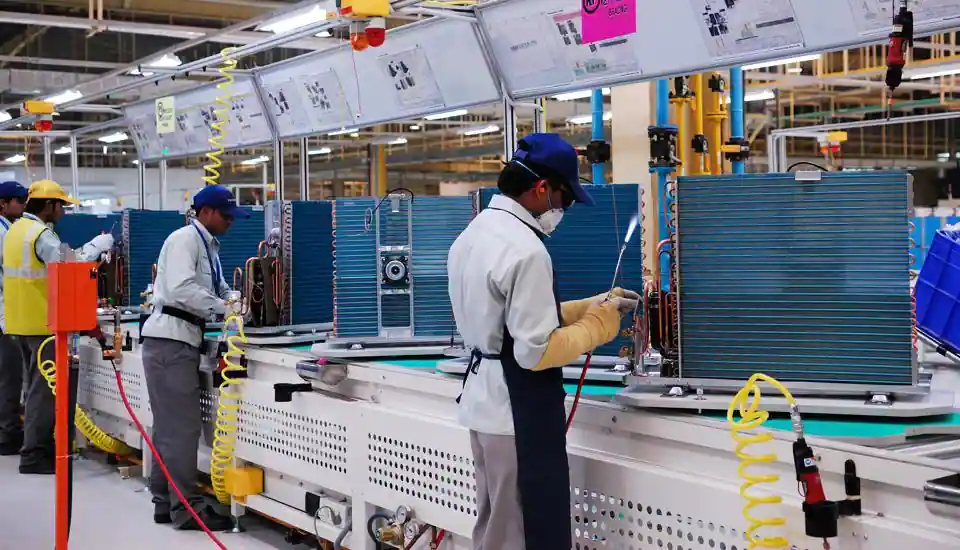
Engineering sector MSMEs seek production-linked incentive scheme

An engineering sector’s body of MSMEs has demanded from the government to announce a production-linked incentive scheme (PLI) for the industry to boost domestic manufacturing, exports and job creation.
In a communication to the commerce ministry, Ludhiana-based Hand Tools Association said that the sector provides employment to 7.25 workers for every Rs 1-crore sale per year on an average as compared to the job creation ratio of 4.75 workers in bicycle industry and 5-6 in textiles.
Exports of hand tools industry is about Rs 3,200 crore annually.
Also read: Export duty hike on steel items to hit projects under PLI scheme: ISA
Long way to go
The association’s president S C Ralhan said that the Indian hand tools industry has a long way to go in order to realise its full potential and it holds huge possibilities. But the main challenge is rapid modernisation, he added.
“The total (worth of) hand tools industry globally is Rs 30,000 crore and there is aggregate potential for modernisation and growth. Thus, we request that the government should prioritise the industry and also bring it under the PLI scheme,” Ralhan added.
Citing an example of the socket industry, which is one of the components of the hand tools industry, he said the global socket industry is worth Rs 20,000 crore and India has less than 1 per cent share in this segment. One can see the potential in just one item here, he said, adding that goods like spanners, wrenches and pliers hold immense potential to boost manufacturing and exports.
PLI scheme
PLI scheme is there for 14 sectors such as solar PV modules, white goods, electronic items, pharma and auto components.
It aims to create national manufacturing champions and generate employment opportunities for the country’s youth. The objective is to make domestic manufacturing globally competitive and to create global champions in manufacturing. The strategy behind the scheme is to offer companies incentives on incremental sales from products manufactured in India, over the base year.
Also read: New orders push manufacturing activity to 8-month high in July: PMI
The incentives have been specifically designed to boost domestic manufacturing in sunrise and strategic sectors, curb cheaper imports and reduce import bills, improve cost competitiveness of domestically manufactured goods, and enhance domestic capacity and exports.

